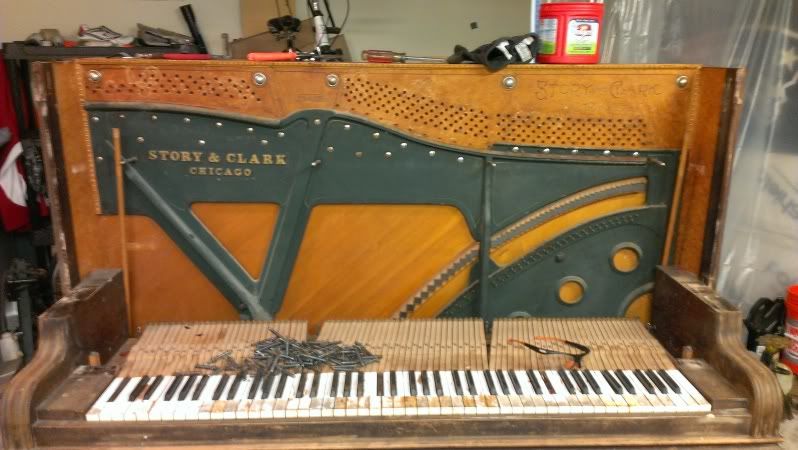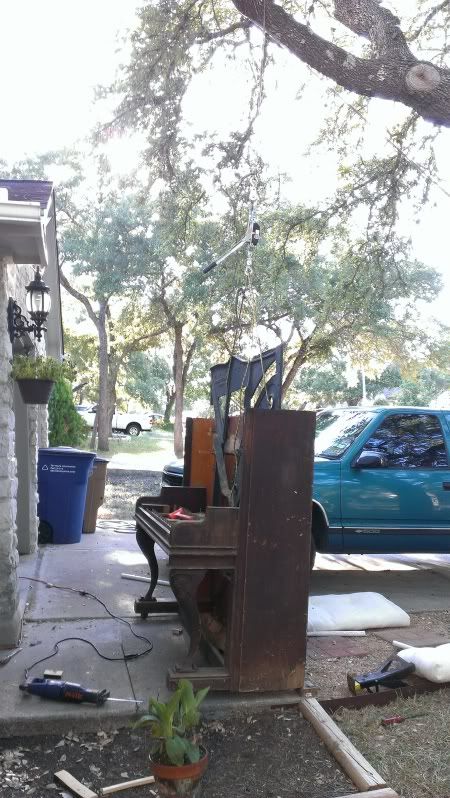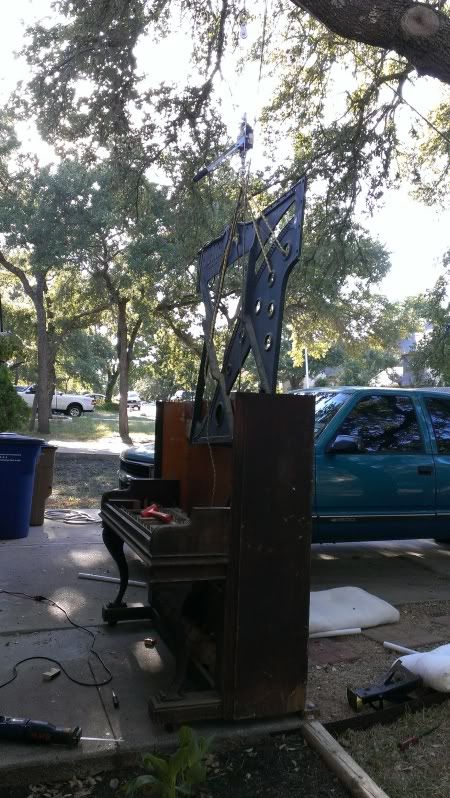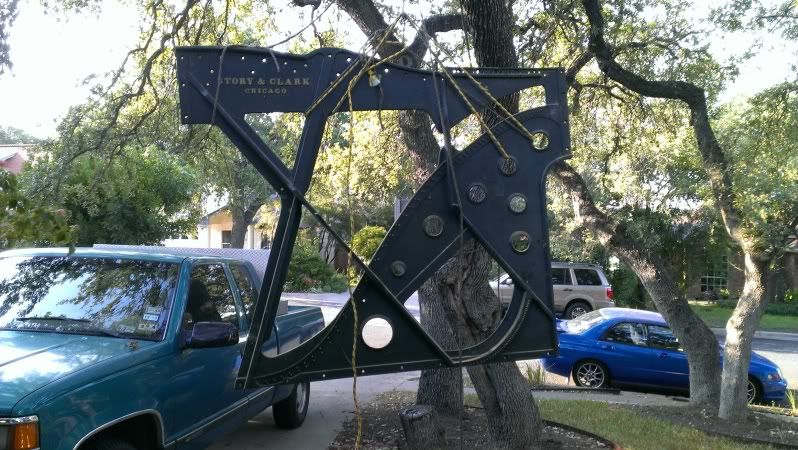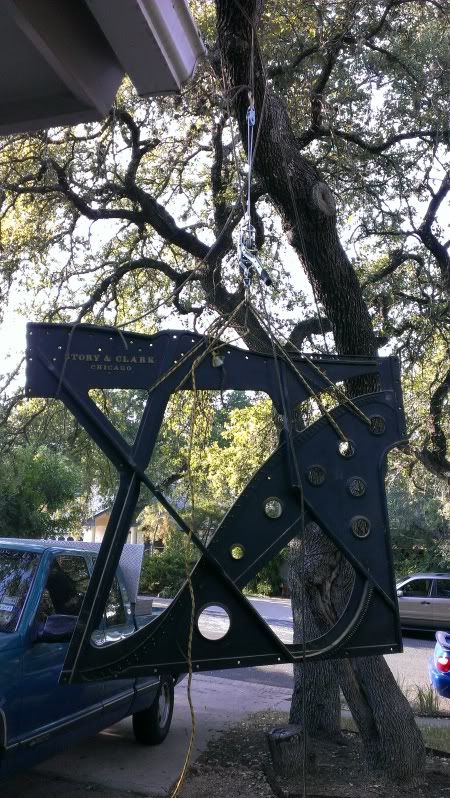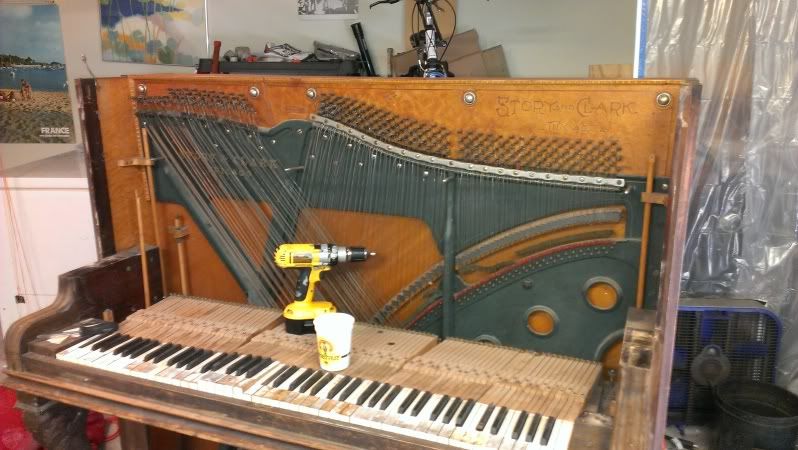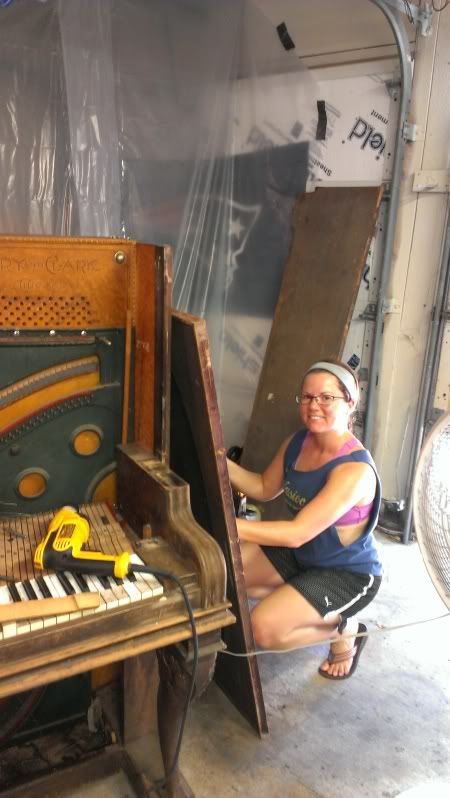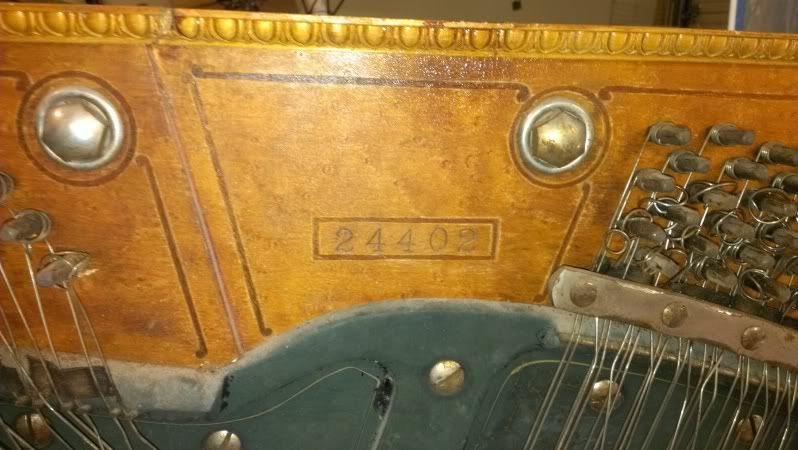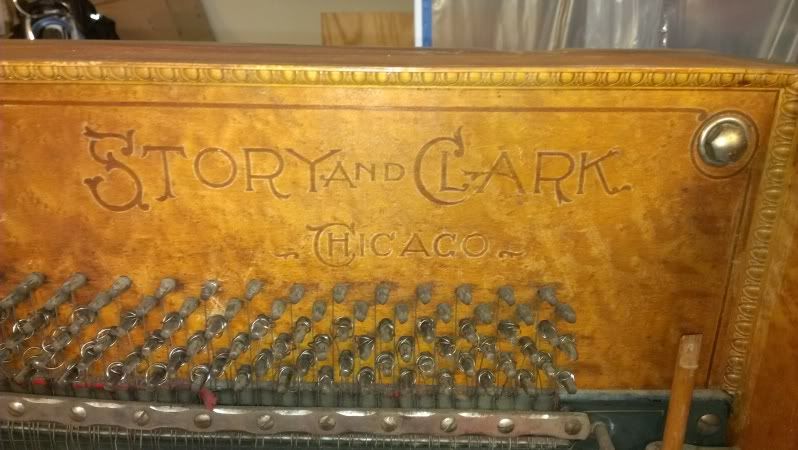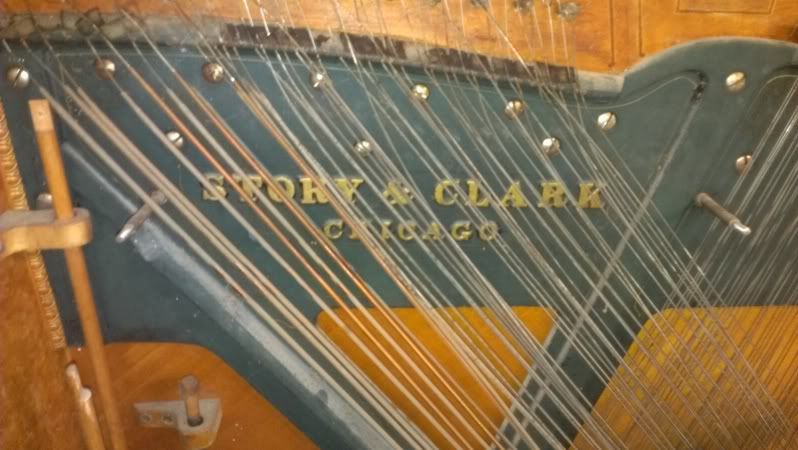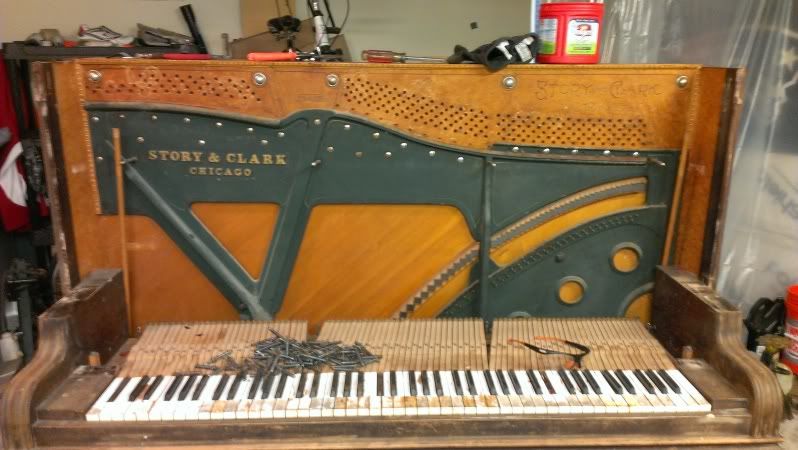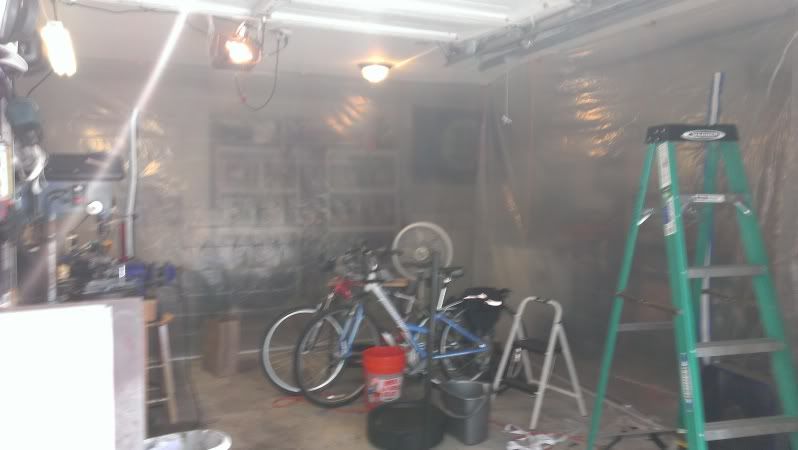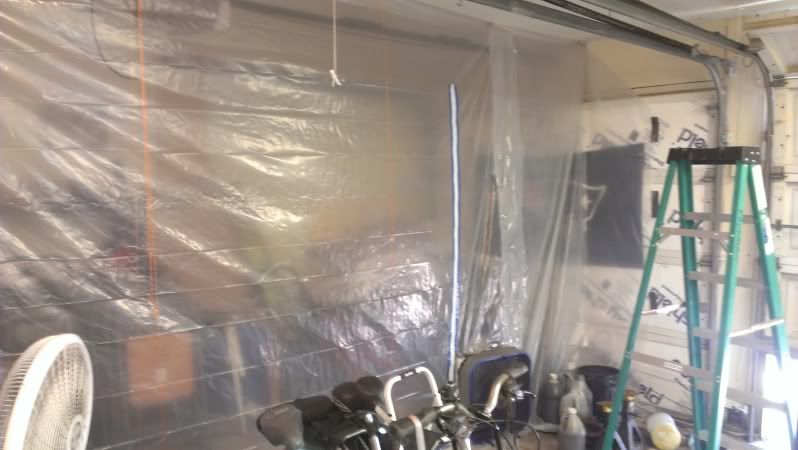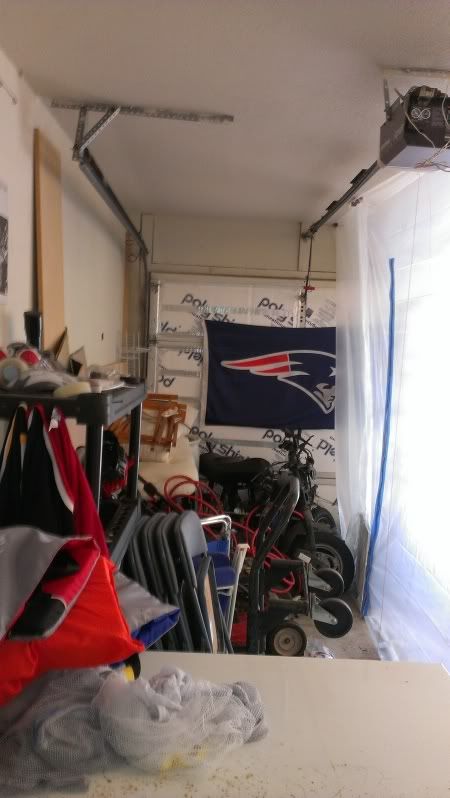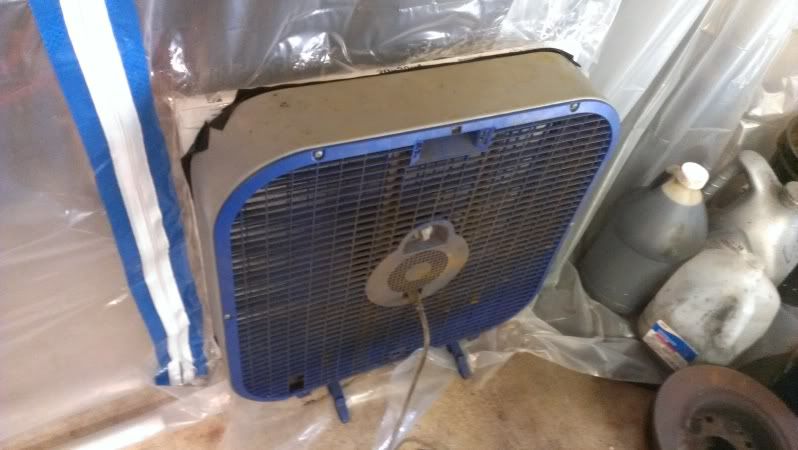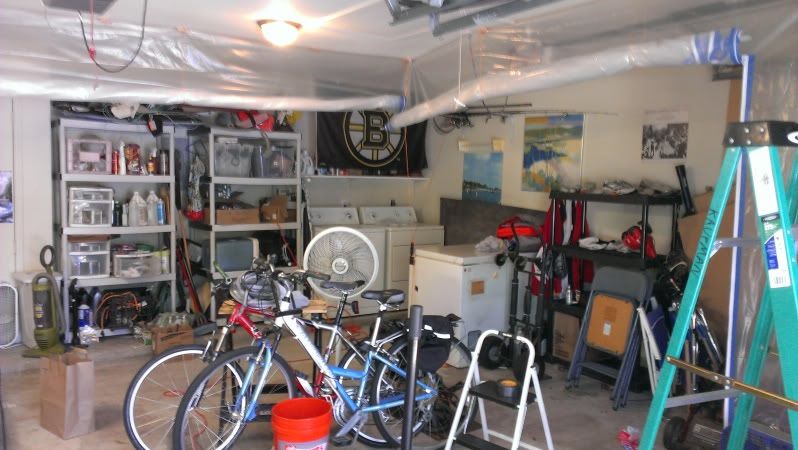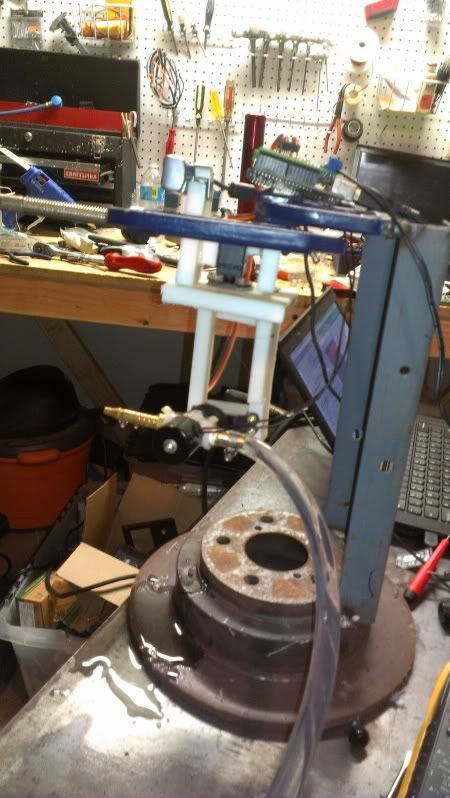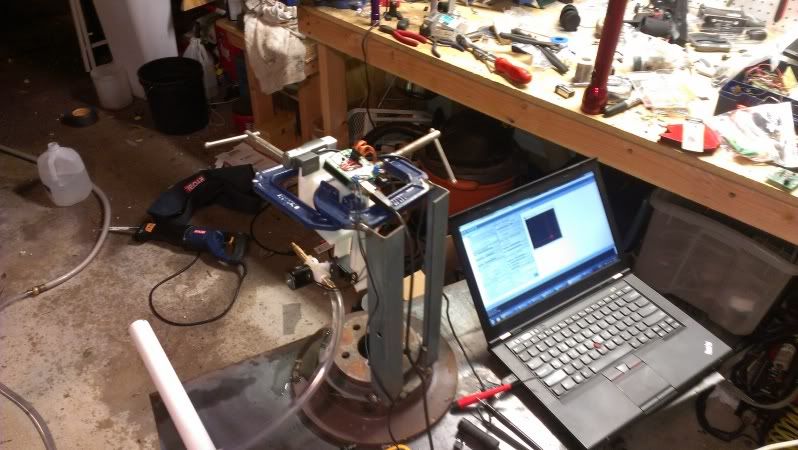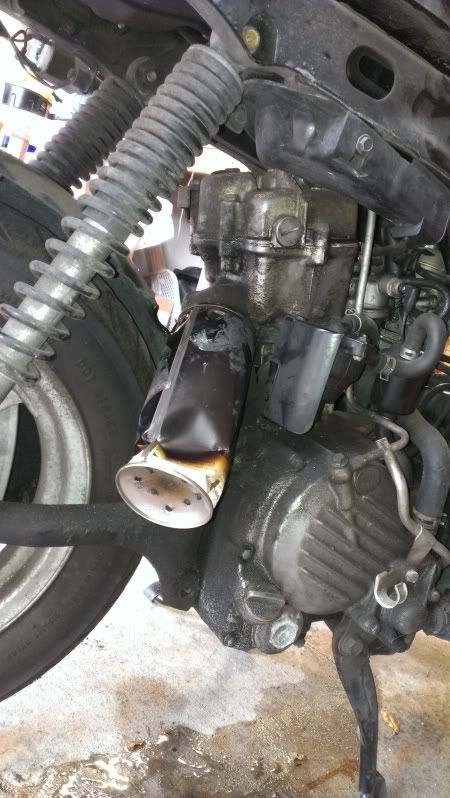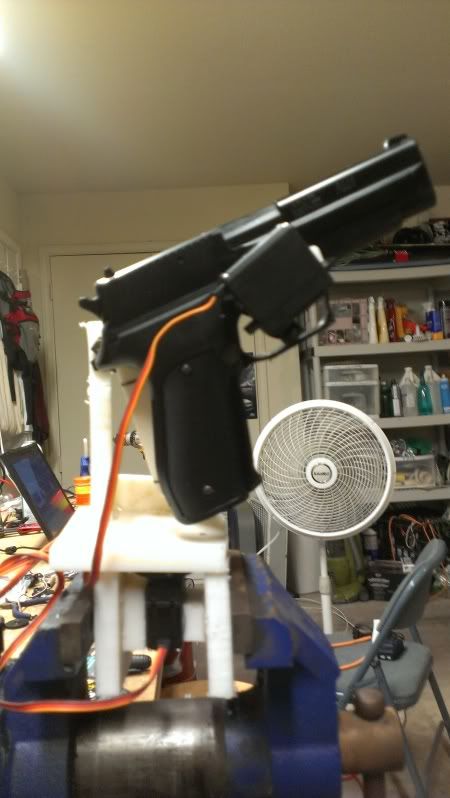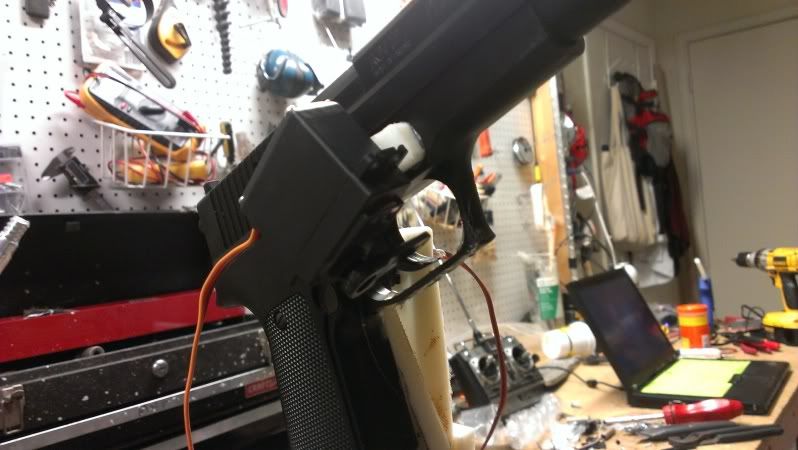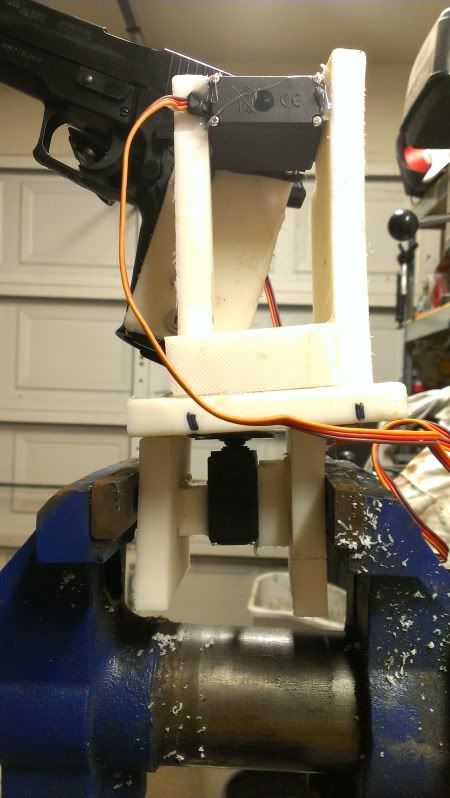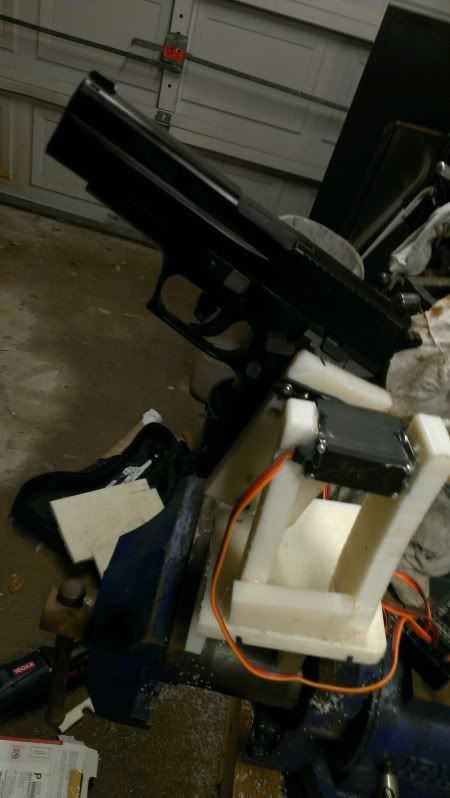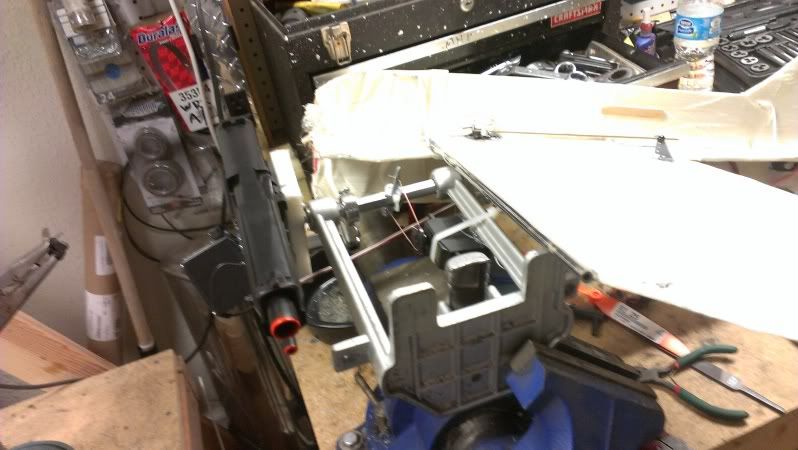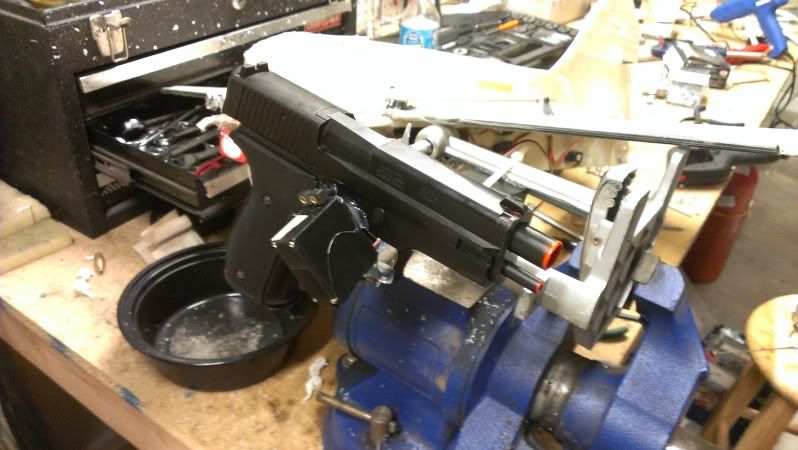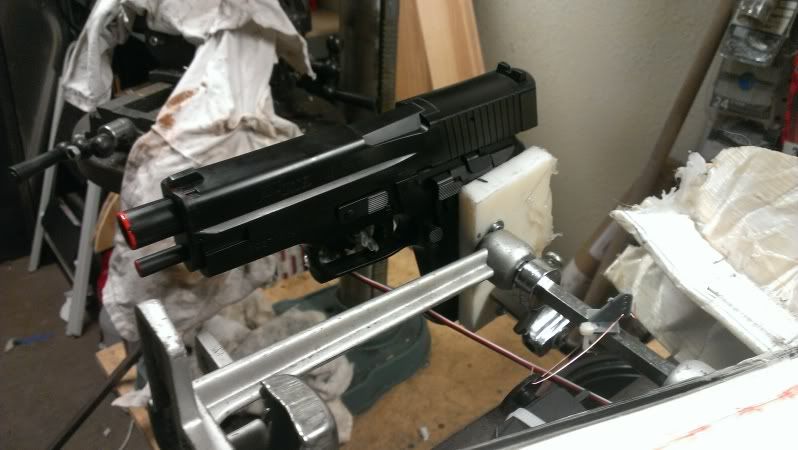My previous record was probably removing a motorcycle from a truck bed alone with no ramps by tying it to a porch and driving the truck out from under it. This particular plan beats that, I think.
Anyway, I had the 600+lb piano, with the 400-450lb cast iron harp in it, more or less ready to remove. I had removed all of the bolts and giant lag screws and everything else I could get my tools on. I had 2.5 hours before needing to meet some friend for dinner, and nobody around to A: help, or B: say "Matt, this is a really bad idea".
So I decided I'd use some 1" pvc pipe as rollers to push the piano down my driveway under a tree, and then use an 8000lb capacity come-a-long hooked to a big tree limb to winch the harp up out of the piano. I honestly should never have even tried to move the piano alone, let alone the rest of this hare-brained scheme. It had vanishingly small odds of ending well. But like Han, I don't want to know the odds, so away I went!
And here it is, a massive cast iron structure, outside of its piano home for the first time in over 100 years, hanging from a tree in my front yard:
And the remarkably un-destroyed piano:
Seriously, this had NO right working out as well as it did. I even managed to lower the harp safely onto a dolly and roll it all back into the garage in time for dinner. I'm very pleased with progress so far, and I'm excited to start laying out the structure of what comes next, and working on the refinishing. Some of the wood in this piano is really beautiful, under the severely deteriorated finish. There's some really neat burled stuff, and inlays, and all kinds of cool details, so as that part of the project slowly comes along, it will be really fun to see it develop. There are also a lot of really interesting chromed steel and cast brass and bronze parts inside that I want to reuse as parts of the bar, so while the disassembly has gone pleasantly fast, the slower but more creative re-assembly phase is going to be a lot of fun.
